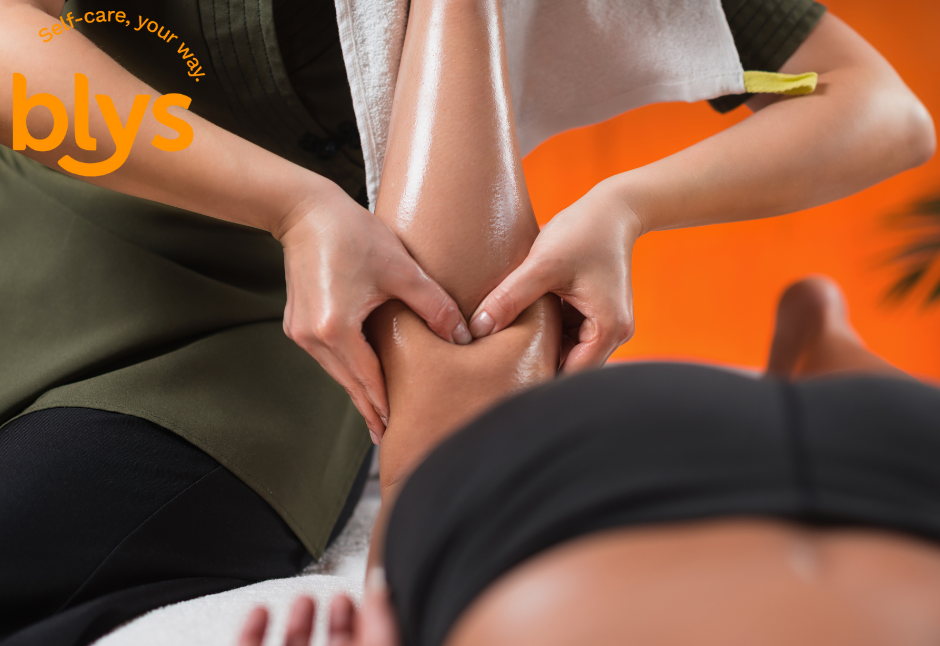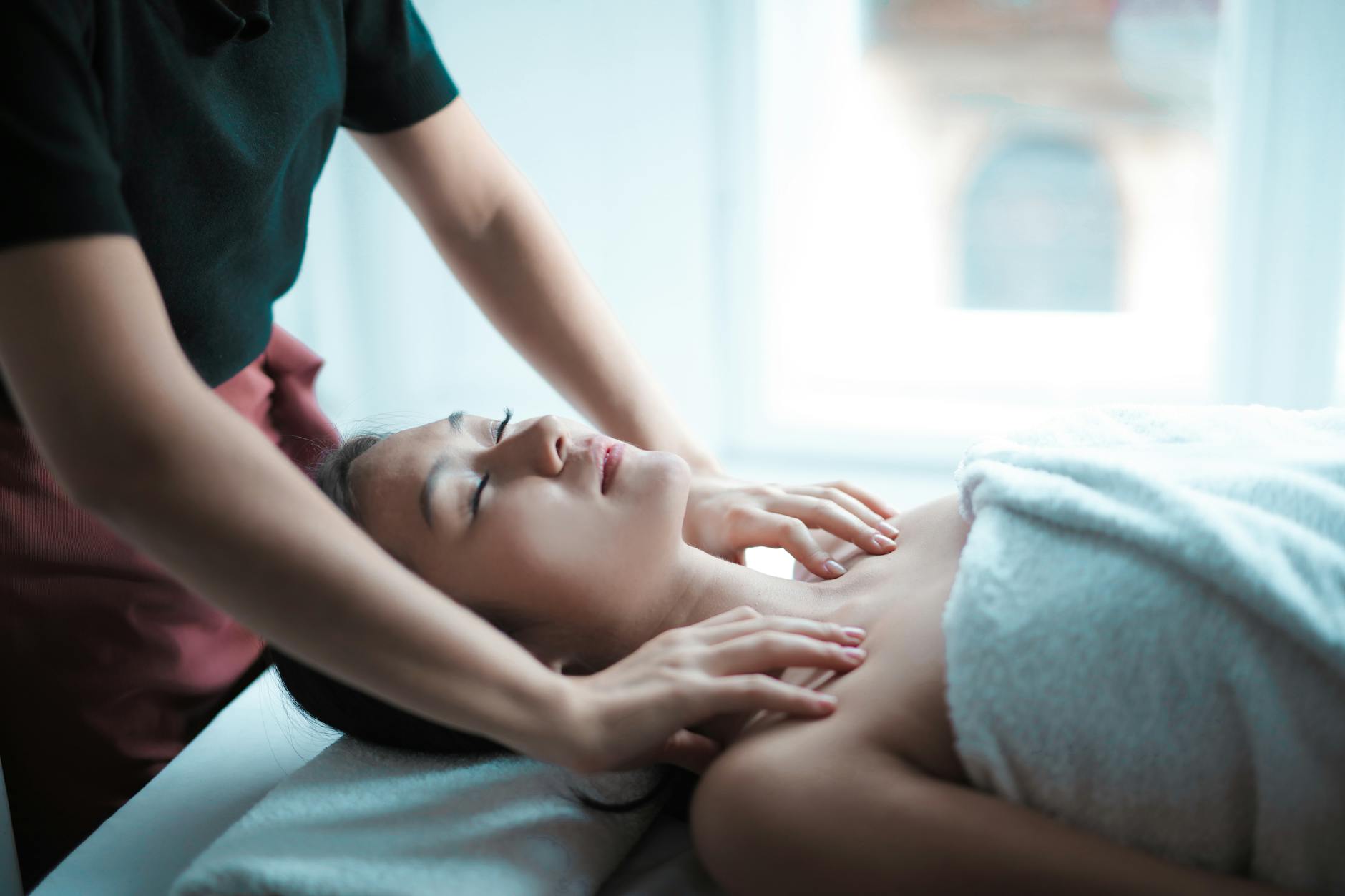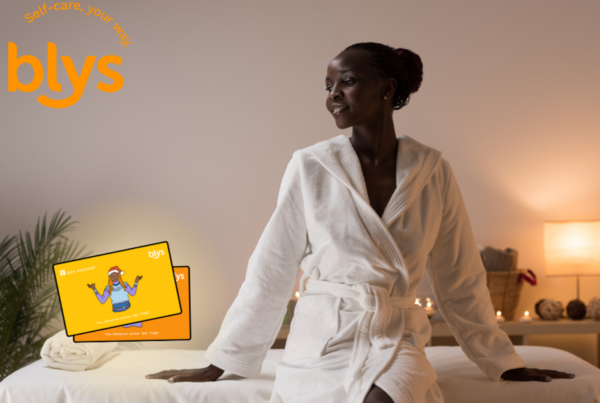
The timing of your post-workout massage can shape how well your body recovers. After exercise, your muscles move through stages of stress, inflammation, and repair—and when you book your massage can influence soreness, mobility, and how quickly you get back to training. It’s why so many people debate whether it’s better to get a massage straight after the gym or wait until the next day.
This guide explains the science behind post-exercise timing, the ideal recovery windows, the best massage types for different training styles, and why mobile massage removes the usual post-gym hassles.
Why Timing Matters: The Physiology Behind Post-Workout Massage
After a workout, your muscles go through micro-tears, inflammation, and a build-up of metabolic waste. These changes are normal, but they trigger the soreness and stiffness that appear hours later. Massage can influence each stage of this process—but only when timed correctly.
Research found that massage reduced key inflammatory markers and boosted mitochondrial activity, helping muscle cells repair more efficiently. Other research shows improved circulation and lymphatic flow, which supports faster recovery and reduces DOMS.
Because your muscles move through distinct repair phases, the timing of your massage affects how much relief you actually get. Too early, and deep pressure may irritate stressed tissue; at the right point, massage can ease soreness and help restore movement.
With that foundation, the next step is choosing between an immediate session and the often more effective 24–48 hour window.
Should You Get a Massage Right After a Workout?
A massage right after exercise can be helpful in certain situations, but it depends on the type and intensity of your workout. At this stage, your muscles are warm, circulation is high, and the early recovery process has just begun, which means the right approach matters.
Key points to know
- Gentle massage can support lymphatic flow while your circulation is naturally elevated.
Light work may reduce early soreness after low-to-moderate sessions like Pilates or mobility training. - Deep tissue or firm pressure too soon can aggravate fresh microtears and inflamed fibers.
- Not ideal after heavy lifting, HIIT, long runs, or endurance events.
- Research on DOMS shows massage helps recovery, but only when the intensity matches the stage of muscle repair.
If your workout was demanding, giving your body time to settle often leads to better results. The next phase, the 24-48 hour window, is where most people see the biggest recovery benefits, especially if they’re training regularly or working towards specific fitness goals.
Wondering why recovering at home feels easier? The benefits of mobile massage show how staying in your own space can reduce stress and make post-workout recovery more effective.
Should You Get a Massage Right After a Workout?
A massage right after exercise can work in your favor, but only if it matches the type of training you’ve done. At this stage, your muscles are warm, circulation is elevated, and inflammation is only beginning — which means the right approach is gentle and strategic.
1. Gentle massage supports lymphatic flow
Straight after a workout, your circulation is already high. Light massage can guide lymphatic flow and help your body shift fluid and early metabolic waste without overwhelming the tissues. This is why gentle techniques feel soothing rather than intrusive during the first two hours.
2. Light work can ease early soreness
Low-pressure massage may reduce the initial tightness that builds after lighter sessions such as Pilates, core work, stretching, or light strength training. It helps calm the nervous system and prevents tension from settling in as your body cools down.
3. Deep pressure can aggravate fresh micro-tears
Your muscle fibres are most fragile immediately after training. Deep-tissue massage or strong remedial work can press directly on areas of inflammation, risking further irritation. This is why it’s best to save stronger techniques for later in the recovery cycle.
4. Not suitable after high-intensity training
Heavy lifting, CrossFit, HIIT, long runs, or competitive sports sessions require more recovery time before massage. These workouts create more micro-damage, making early deep pressure counterproductive.
5. DOMS research supports timing over intensity
Studies on DOMS consistently show massage is effective, but only when the pressure level suits the stage of repair. The key is to apply gentle pressure early and deeper pressure later.
If your workout pushed you hard, the next 24–48 hours usually offer better results and safer recovery.
Training hard on weekends? The sports massage guide for weekend warriors explains how targeted techniques support recovery and reduce soreness after tough sessions.
The Mobile Massage Advantage
Many people wonder whether they should shower before a post-workout massage. The truth is, it isn’t required. A quick rinse can help you feel refreshed and naturally warm the tissues, which can make gentle techniques more comfortable, but it won’t change the effectiveness of the massage itself. What matters more is choosing a setting where you can cool down properly and avoid rushing.
This is where mobile massage makes recovery far easier.
With Blys, you skip the usual post-gym hassles:
- No travel time when you’re hot and sweaty
- No awkward sitting in traffic or public transport after training
- You can shower, cool down, or simply rest at home on your own schedule
- Your therapist brings everything: a professional table, towels, oils, and all equipment
Instead of racing to a clinic before your muscles tighten up, you can create the ideal recovery setup in your own space. This makes it much easier to time your session around your training load and recovery window, especially when planning the next 24–48 hours.
How to Schedule a Recovery Massage Based on Your Training Routine
Your ideal post-workout massage window depends on the type of training you do and how your body responds. Using the right timing helps reduce soreness, improve mobility, and support your long-term performance.
Strength training
For weightlifting or resistance work, the most effective window is 24–48 hours after your session. This allows the initial inflammation to settle so deep tissue or remedial massage can target tension without irritating fresh micro-tears. If DOMS is severe, start with lighter pressure.
Runners and cyclists
Endurance sessions produce repetitive strain rather than heavy micro-tearing. Light massage on the same day can help with circulation and recovery after shorter distances, while 24–48 hours is ideal for sports massage following longer runs or harder rides.
HIIT and heavy conditioning
These sessions create intense muscle stress. Avoid deep work immediately after training. Instead, aim for 24–72 hours, depending on how intense the workout was and how your body usually reacts.
Regular gym-goers
If your training is consistent, a weekly or fortnightly Blys routine helps manage ongoing tension and keeps recovery predictable.
Post-Workout Massage Benefits Backed by Research
Research shows that massage provides more than surface-level relief after exercise. A study found that massage reduced inflammation by lowering NF-κB activity and increasing mitochondrial repair markers, such as cytochrome c oxidase, helping muscle tissue recover more efficiently.
Studies also confirm that massage can reduce DOMS, easing the soreness that typically peaks 24–72 hours post-workout.
Additional research highlights improvements in flexibility, range of motion, and perceived recovery, all of which support a quicker return to training.
With the right timing, massage helps regulate inflammation, restore movement, and support.
How to Prepare for Your Post-Workout Massage
A little preparation can make your recovery session more effective, especially after a demanding workout. Keep these simple steps in mind:
- Hydrate before and after your massage to support circulation and waste removal.
- Have a light snack if you feel depleted after training.
- Avoid intense stretching beforehand, as your muscles are already stressed and don’t need extra strain.
- Communicate your workout intensity and highlight any soreness, tight spots, or areas you want your therapist to focus on.
- Choose a pressure level that supports recovery rather than pushing into pain.
- Set up a calm space at home so your therapist can work comfortably. You can follow the tips from our guide to creating a spa-like massage space.
With these steps sorted, your post-workout massage becomes far more effective—and easier to integrate into your weekly training routine.
Recover Smarter, Train Better With Blys
Post-workout massage isn’t about guesswork the science shows that timing directly shapes how well your muscles repair, how much soreness you feel, and how quickly you can train again. Whether you choose a same-day light session or the more effective 24–48 hour window, aligning your timing with the type of workout you’ve done makes recovery far more efficient.
Pairing the right massage style with the right recovery phase helps restore movement, support muscle repair, and keep your training on track week after week.
When you’re ready to build smarter recovery into your routine, you can book a qualified recovery massage through Blys and enjoy expert support at home without the usual post-gym hassle.





